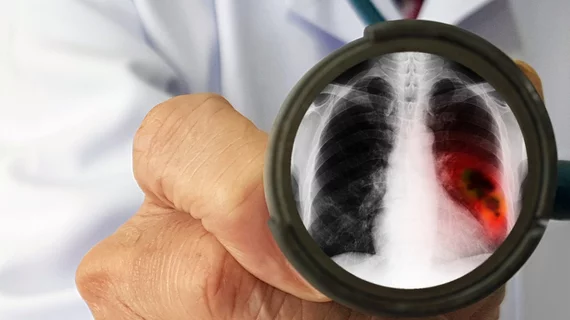The American College of Radiology on Wednesday released new recommendations to help providers manage incidental lung findings detected during CT exams.
Incidentally discovered abnormalities are a common problem for radiologists, with some estimating more than 1.5 million pulmonary nodules are found on thoracic CT scans each year. Low follow-up rates and disagreements over how to manage these findings also plague the field.
The ACR Incidental Findings Committee’s 13-page white paper is the product of thoracic radiologists and a chest subcommittee comprised of additional experts from around the country. Authors of the document hope it can bring some consistency to patient care.
“These recommendations represent a combination of current published evidence and expert opinion and were finalized by informal iterative consensus,” first author Reginald F. Munden MD, MBA, chair of the Department of Radiology and Radiological Sciences at the Medical University of South Carolina, and co-authors wrote. “The goal is to improve the quality of care by providing guidance on management of incidentally detected thoracic findings.”
The document is divided between lung nodules and other lung findings and applies to asymptomatic adults 35-years and older who have received imaging for a reason unrelated to their incidental finding.
Four objectives underpin the guidance, including:
1. Developing consensus for patient features and imaging findings needed to define an incidental abnormality.
2. Offering guidance for managing such findings that balances a patient’s risks and benefits.
3. Presenting reporting terms to relay radiologists’ confidence regarding findings.
4. Directing future research through a generalizable framework applicable across practice settings.
Munden and colleagues offered a handful of take-home points from their document, including recommending rads handle pulmonary nodules based on malignancy risk, which is primarily related to size, density, morphology, and patient factors. While such cysts are common and typically benign, workup should focus on wall thickness and distribution within the lungs.
Managing these findings, meanwhile, should be a shared process between the radiologist, referring physician and patient, the authors noted.
Read all the details and management tips in the full paper published in the Journal of the American College of Radiology here.

